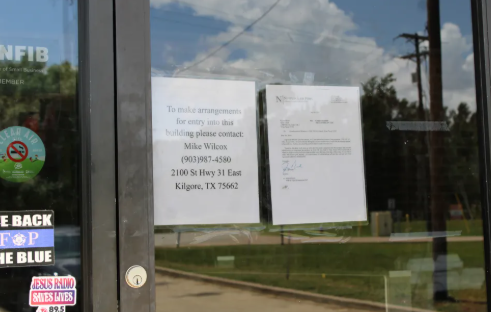North Korea’s heightened missile threats cannot be overlooked
Published 12:57 pm Thursday, October 3, 2019
North Korea’s continued missile threats worsen the security environment surrounding Japan. The situation needs to be taken seriously.
The North has fired a ballistic missile that is believed to have landed inside Japan’s exclusive economic zone.
Trending
The missile was launched in violation of U.N. Security Council resolutions and there was a possibility that privately owned ships, among others, could be damaged by it. The government had every reason to lodge a protest against Pyongyang.
While condemning North Korea, Prime Minister Shinzo Abe said that the government “will take all possible measures to protect the safety of the people.” It is imperative for Japan to tighten its security alert.
The South Korean military believes that the weapon fired this time was a “Pukguksong-class” submarine-launched ballistic missile (SLBM). The missile reportedly flew about 450 kilometers while reaching an altitude of about 900 kilometers.
It is believed to be a projectile with a lofted trajectory whereby missiles can be launched at higher angles than conventional ones. If the missile had been launched in the usual trajectory, its flying distance could have been much farther.
If the missile is confirmed to have been fired from a submarine, it would be the first SLBM fired by the North since August 2016. Detecting the sign of the launch of an SLBM is difficult, which would enhance the North’s surprise attack capabilities. SLBMs could be used for counterattacks when bases on the ground are attacked.
In cooperation with Washington, the government should expedite the assessment and analysis of the North’s development of submarines and its missile capabilities.
Trending
South Korea decided to scrap the General Security of Military Information Agreement (GSOMIA) with Japan in the aftermath of worsening bilateral relations, but requested Japan to provide information on the North’s latest missile launch. The agreement will expire in November. The administration of South Korean President Moon Jae-in should squarely look at the security environment and withdraw its decision to abandon the GSOMIA.
The latest missile launch came just days after Pyongyang’s announcement that it would hold working-level talks with Washington concerning denuclearization. The North is apparently aiming at carrying out the talks to their advantage by showing off the improvement of its military might.
Presenting denuclearization steps piecemeal and seeking return for every step offered is the modus operandi employed by Pyongyang. The countries concerned should not be swayed by the North’s wheeling and dealing.
For reasons of opposing U.S.-South Korea joint military exercises, the North has fired missiles repeatedly since July.
The missiles include a new-type missile with an unusual trajectory that is hard to intercept. This means that the North’s means of delivering nuclear warheads has diversified. The heightened missile threats can never be overlooked.
U.S. President Donald Trump has made remarks repeatedly that do not regard the launching of short-range missiles as problematic, thus undeniably encouraging Pyongyang to pursue its path to missile development.
The North’s nuclear threats remain even if it abandons intercontinental ballistic missiles capable of reaching the U.S. mainland.
It is imperative for Tokyo, Washington and Seoul to share their security awareness and call for Pyongyang to relinquish all ballistic missiles, including short- and medium-range ones.
— Japan News Yomiuri






